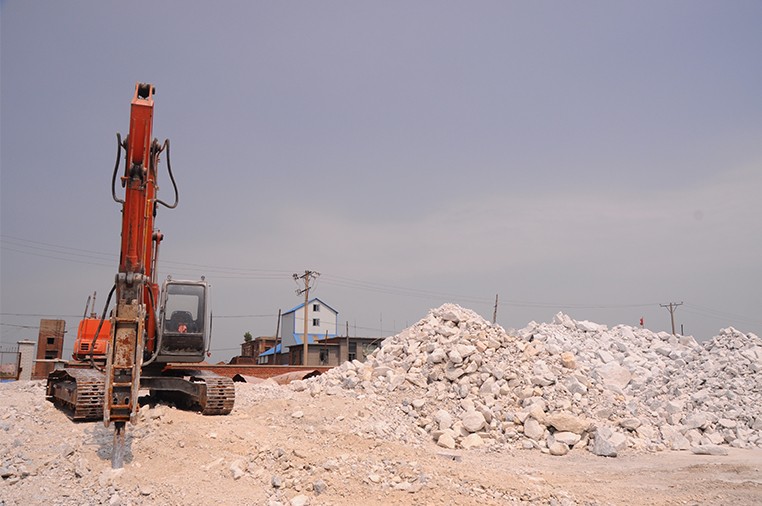Magnesite beneficiation can only remove SiO2. If high purity is desired, only ores with low Fe2O3, Al2O3 and CaO can be selected to remove SiO2. If we consider the comprehensive utilization of resources and improve the grade, we can only choose high silicon ore flotation. Magnesia manufacturer
The higher the purity of high-purity magnesia, the less the binding phase and the more unstable it is, and it is not necessarily suitable for making refractory materials.
From the perspective of market demand, high-purity magnesia
What is the market demand for magnesia with MgO ≥ 98%? The variety structure of refractory raw materials should conform to the demand structure of the raw material market. From the perspective of the demand of steelmaking converter, except for the products produced by high-purity magnesia with MgO ≥ 98% at the trunnions on both sides of the converter and the slag line. The refractory products produced by high-purity magnesia need not be used in other areas.

Magnesia is a general term for the products that magnesite and other magnesia raw materials are processed to the sintering degree by the shaft kiln, rotary kiln and other high-temperature equipment in a single or two-step calcination process. There are different classifications of magnesia, among which the magnesia fired from natural magnesite is called sintered magnesia; Magnesite and other raw materials are melted in the electric arc furnace to reach the melting state and cooled, which is called fused magnesite; The magnesia extracted from seawater is called seawater magnesia.
Seawater magnesia and sintered magnesia. The production process of high-purity magnesia abroad is advanced and has high purity, but the overall advantage has not been formed due to the high production cost.
The operation of high-purity magnesia market is stable, the downstream demand has not changed for the time being, and the manufacturer's quotation has also remained stable.
Magnesia can be divided into natural magnesia and seawater magnesia or synthetic magnesia. Natural magnesia mainly comes from natural magnesite, but it is difficult to obtain high-purity products due to the quality of raw ore. So far, seawater magnesia has become the main source of magnesia used in industrialized countries. The theoretical content of MgO in magnesite is 47.3%, and the other impurities include CaO, SiO2, iron, etc.